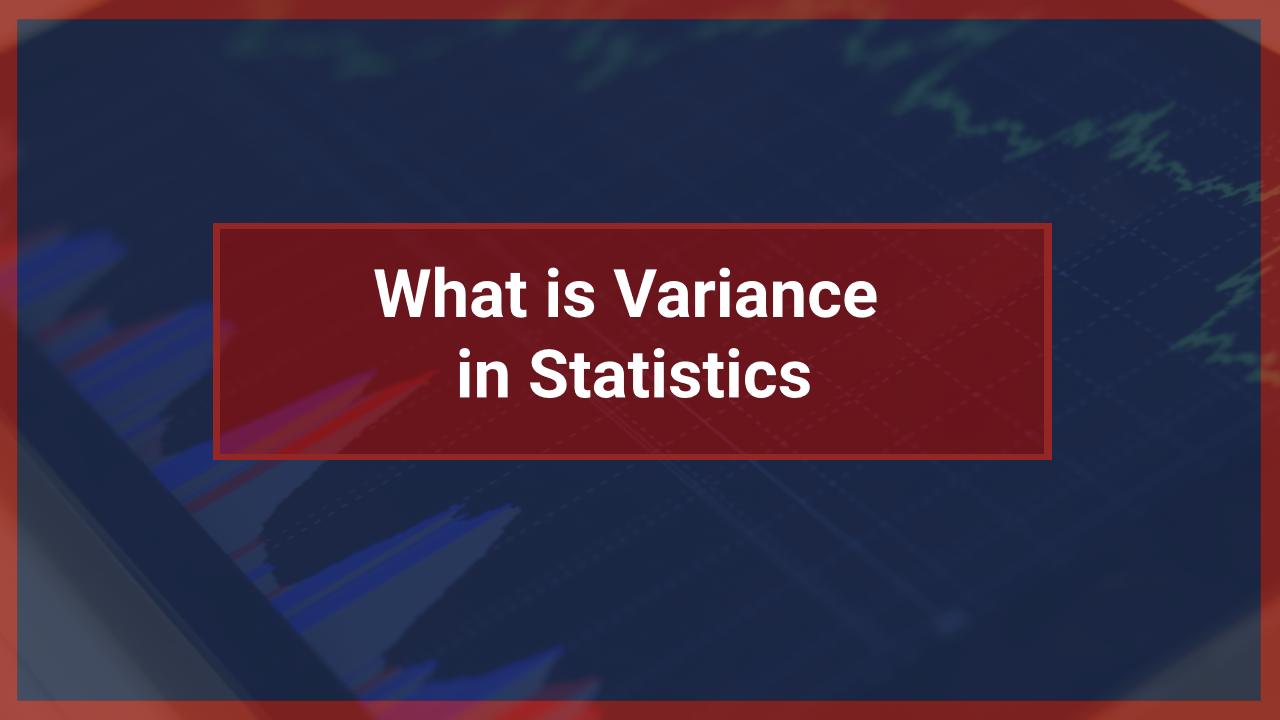Hey there, curious mind! Ever wondered, “What are statistics?” Don’t fret – by the end of this comprehensive guide, you’ll have your answer and perhaps a newfound appreciation for this powerful branch of mathematics.
What is Statistics?
Statistics, at its core, is the discipline that concerns the collection, analysis, interpretation, presentation, and organization of data. It provides a crucial foundation for making decisions based on data rather than mere intuition.
The History Behind Statistics
- Ancient Beginnings
- Long before computers and calculators, ancient civilizations, like the Egyptians and Romans, utilized basic forms of statistics for tax collection and goods distribution.
- Modern Evolution
- With the advent of technology, statistical methods evolved, paving the way for breakthroughs in various fields.
Why is Statistics Important?
- Decision Making
- From businesses to governments, decisions are backed by statistical data. Without statistics, it’s just guesswork.
- Predicting Trends
- Want to know future trends? Turn to statistics. It’s what powers forecasts in finance, weather, fashion, and more.
- Scientific Research
- Without statistics, much of the groundbreaking research in fields like medicine would be impossible.

Tools of the Trade: Statistical Methods
- Descriptive Statistics
- This method summarizes the main features of a dataset. Think of averages and percentages.
- Inferential Statistics
- Using a sample to infer information about a larger population? That’s this method’s forte.
Misconceptions About Statistics
- “Lies, Damned Lies, and Statistics”
- Not all statistics are truthful. It’s essential to recognize and debunk misleading data.
- Statistics vs. Probability
- While intertwined, these two aren’t the same. Statistics deal with actual data, while probability predicts future outcomes based on this data.
Real-World Applications
- In Healthcare
- From drug trials to predicting disease outbreaks, statistics plays a pivotal role.
- In Finance
- Market predictions, portfolio management, you name it – statistics is there.
How to Get Started with Statistics?
- Academic Pathways
- Considering a career in statistics? Discover courses, degrees, and specializations.
- Self-learning and Online Resources
- Not up for a formal course? Explore the multitude of online resources, from MOOCs to e-books.
Pitfalls in Statistics: What to Watch Out For
- Confirmation Bias
- Ever sought out data to confirm what you already believed? That’s a no-no in statistics.
- Misleading Graphs
- A picture’s worth a thousand words, but a misleading graph can misrepresent a million data points if you try to lie with stats.
FAQs
How is statistics different from mathematics? Statistics is a branch of mathematics. While math provides the tools, statistics applies these tools to real-world data.
Why is statistics referred to as a science? Much like other sciences, it follows a systematic methodology to collect, analyze, and interpret data.
Can statistics be manipulated? Absolutely. That’s why it’s essential to critically evaluate statistical data and its sources.
Is statistics hard to learn? Like any subject, it can be challenging. But with the right resources and persistence, anyone can grasp it.
How are statistics used in everyday life? From predicting weather to understanding product reviews, statistics is everywhere.
Do I need to be good at math to excel in statistics? A basic understanding of math can help, but the key lies in interpretation and critical thinking.
Statistics isn’t just about numbers; it’s about understanding and interpreting the world around us. Whether you’re a budding statistician or just someone looking to understand the latest research report, a solid grasp of statistics is invaluable. And now, the next time someone asks, “What is statistics?” you’ll have a well-informed answer ready!




